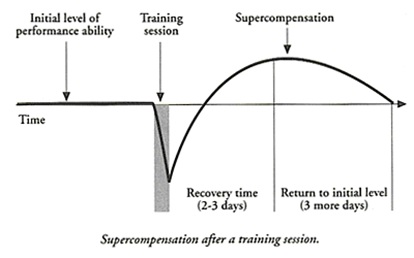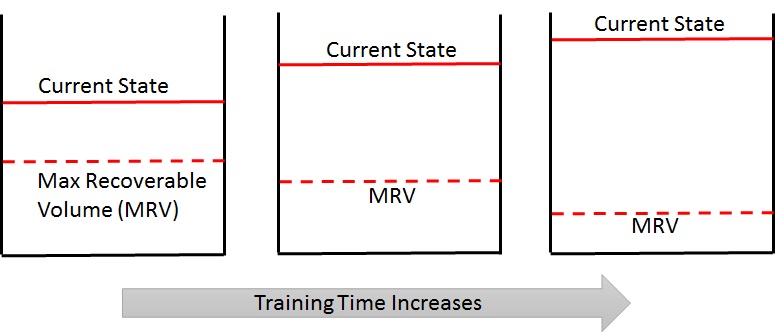I recently had a conversation with a member who asked about “progressive overload.” If you read anything about training (outside of this blog, of course 😊), you’ve probably come across the term. When most people talk about it, they talk about adding weight to the bar to lift consistently heavier weights, thereby making progress. However, this is only one method of implementing progressive overload, it is not what it means.
Progressive overload simply means the consistent application of effective training stimuli. In other words, we account for our bodies’ ability to adapt to training and adjust the training accordingly. Consistently adding weight is one way to accomplish this. But there are other training variables we can manipulate as well when it comes to lifting – reps per set, number of sets, rest time between sets, frequency we train a particular muscle group per week, and so on. If you’ve been in our CrossFit class during strength + accessory days, you’ll see what we mean.
Sometimes, however, it is not necessary to change the training protocol, and simply repeating a workout exactly as is, will still work. It may work for a couple of days, weeks, or even months. It all comes down to the individual’s training ability and training age (i.e., how long they’ve been training in that modality). For example – in our accessory work today (6/24), we used the same superset of band face-pulls and band Pressdowns as the last time we saw these movements. Why? They’re not movements that we program often, so most of us have a low training age when it comes to them.
Looking at it from a higher level, our goal with training is to apply the minimum effective dose – in other words, just enough stimulus to create a response. And we want to stay under our maximal recoverable volume. Too much training, and we can’t recover. As we increase our capacity and training age in a particular modality (think a national champion powerlifter working on deadlifts), both quantities increase. It takes more stimulus to get a response, and we can handle more volume. However, the window between the two eventually gets smaller – it takes more stimulus to cause an adaptation but overshooting even a little can cause us to exceed our maximal volume. This happens at very high levels of training, which is why some athletes reach their peak and can’t improve beyond it.


For the rest of us, we frequently overshoot our minimum dose, while staying under max volume. This means that applying the exact same workout once again, can still be enough to get a response, if it is challenging enough. However, repeating it too much, or performing a workout that is ineffective to begin with, will not help us adapt. This is where effective programming comes in – it is the coach/programmer’s job to ensure that members and athletes can continuously progress, without overdoing it. And, for recreational athletes (as opposed to professionals), to ensure that at least some of the training is fun!
So, when you’re in the gym, if you see us increase reps (e.g., 21-15-9 to 30-20-10), add sets, increase weight percentage, or decrease rest times, it’s all in the name of progressive overload. And it’s planned, not random. It’s exceedingly difficult to achieve anything “progressive” without some kind of organization. So now you know, and knowing is half the battle. See you in the gym.

